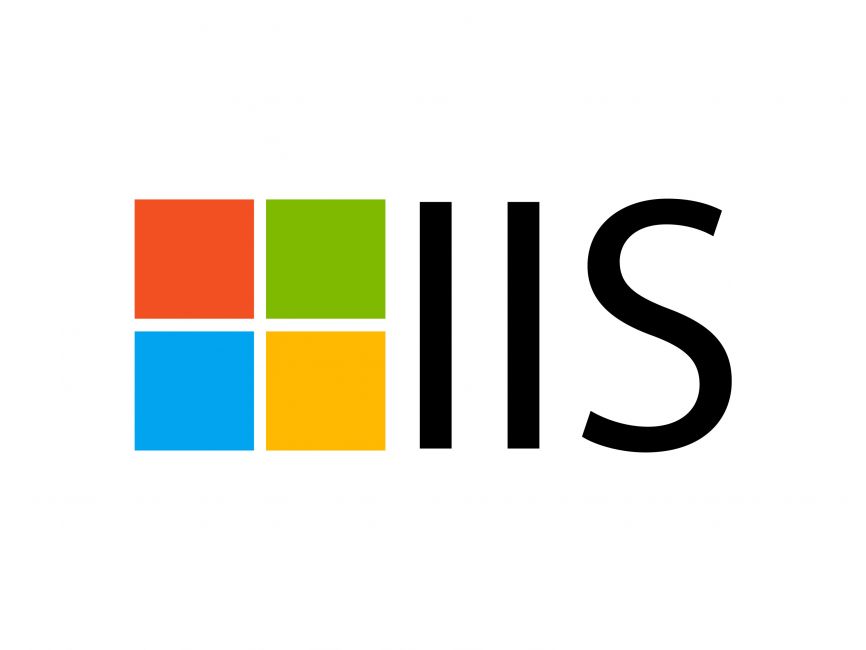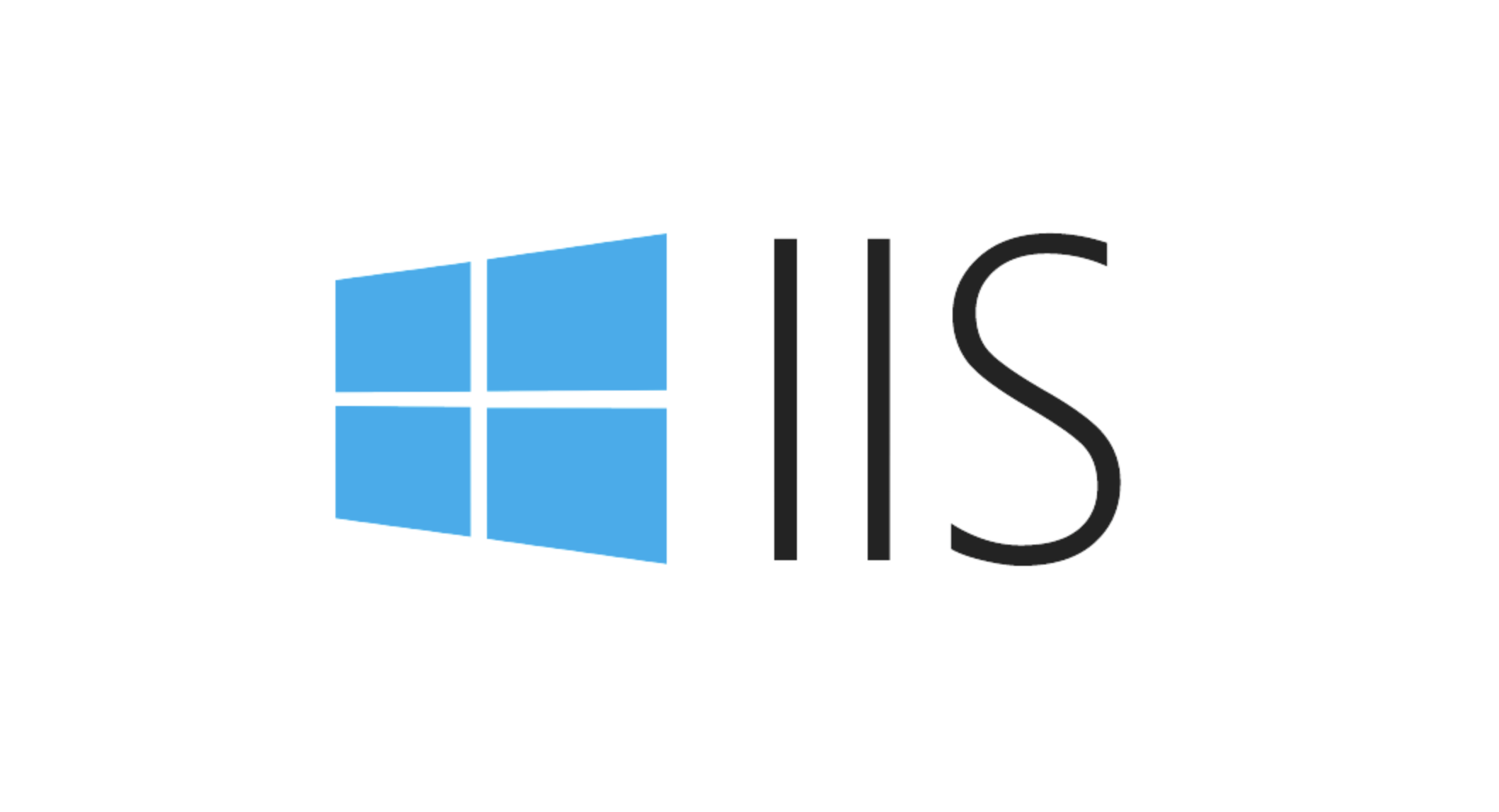A 401 status code in IIS logs indicates that a user attempted to access a protected resource without providing valid credentials. This response means the request lacks proper authentication, not necessarily due to lack of permission, but because identity hasn't been verified. Common causes include missing or incorrect authentication headers, misconfigured authentication methods, expired tokens or cookies, and incorrect file/folder permissions. To troubleshoot, check IIS logs for time of request, IP address, URI, and substatus codes such as 401.1 (no credentials), 401.2 (wrong method), or 401.3 (ACL issue). Common fixes include verifying authentication settings in IIS Manager, ensuring correct methods are enabled, checking application pool identity access, testing with various clients, and inspecting headers via Fiddler or browser tools. Frequent 401s from bots can be mitigated by blocking IPs or adding rate limits. Overall, 401s are typically normal, unless there's a sudden spike requiring further investigation.

A 401 status code in IIS logs means that a user tried to access a protected resource on the web server but didn’t provide valid credentials. In short, it's an "unauthorized" response — not because someone doesn’t have permission, but because they haven’t proven who they are yet.

This is pretty common in environments where authentication is required, like internal company websites or APIs. Let’s break down what this usually means and how you can go about troubleshooting or handling it.
What Causes a 401 Error in IIS?
There are several reasons why a 401 shows up in IIS logs:

- Missing or incorrect authentication headers: The client didn’t send the right credentials (like a token or username/password).
- Authentication method misconfiguration: For example, if the site expects Windows Authentication but it’s turned off.
- Token or cookie expiration: If using token-based auth (like OAuth), an expired token will trigger a 401.
- Incorrect permissions on files/folders: Even if authenticated, missing NTFS or IIS-level permissions can cause this.
In practice, you might see this when a browser pops up a login box again after submitting bad credentials — that’s a 401 in action.
How to Check IIS Logs for More Details
The raw 401 in the log is just the start. You’ll want to dig into the IIS logs to get more context. Here’s what to look for:

- Time of request – Helps correlate with user reports.
- IP address or user agent – Can tell you if it’s a bot, internal user, etc.
- URI requested – Which page or API endpoint was accessed?
-
Substatus code – This gives more detail. For example:
-
401.1– No credentials provided -
401.2– Failed authentication due to wrong method -
401.3– ACL (access control list) issue
-
You can find these logs typically under C:\inetpub\logs\LogFiles. Use tools like Excel or LogParser to filter by status code and narrow down patterns.
Common Fixes and Best Practices
Here are some steps you can take depending on the situation:
-
Check authentication settings in IIS Manager
- Make sure the correct method (Windows Auth, Basic Auth, etc.) is enabled
- Disable unused methods to reduce confusion
-
Verify application pool identity
- It should have access to any backend resources (e.g., databases)
-
Test with different clients
- Try accessing the URL from a browser, Postman, or curl to see if behavior differs
-
Use Fiddler or browser dev tools
- Look at request/response headers to check for missing tokens or failed challenges
If you're seeing lots of 401s from bots or crawlers, consider blocking suspicious IPs or adding rate limiting.
So, when you see a 401 status code in your IIS logs, don't panic. It’s usually a sign that authentication is working as expected — just someone trying (and failing) to get in. With a bit of digging into substatuses and logs, you can usually figure out whether it's a real issue or just background noise.
Mostly, it's normal traffic — unless it spikes suddenly, which might be worth a closer look.
The above is the detailed content of What does a 401 status code in IIS logs indicate?. For more information, please follow other related articles on the PHP Chinese website!

Hot AI Tools

Undress AI Tool
Undress images for free

Undresser.AI Undress
AI-powered app for creating realistic nude photos

AI Clothes Remover
Online AI tool for removing clothes from photos.

Clothoff.io
AI clothes remover

Video Face Swap
Swap faces in any video effortlessly with our completely free AI face swap tool!

Hot Article

Hot Tools

Notepad++7.3.1
Easy-to-use and free code editor

SublimeText3 Chinese version
Chinese version, very easy to use

Zend Studio 13.0.1
Powerful PHP integrated development environment

Dreamweaver CS6
Visual web development tools

SublimeText3 Mac version
God-level code editing software (SublimeText3)
 Configuring Request Limits and Connection Timeouts in IIS
Jul 08, 2025 am 12:36 AM
Configuring Request Limits and Connection Timeouts in IIS
Jul 08, 2025 am 12:36 AM
To limit the size of client requests, the maxAllowedContentLength parameter can be modified in web.config, such as setting it to 104857600 (100MB), and synchronizing the maxRequestLength of ASP.NET at the same time; to reasonably set the connection timeout time, it can be modified through the IIS manager or appcmd.exe command, with the default of 120 seconds, and the API scenario is recommended to set it to 30-90 seconds; if the request queue is full, you can increase MaxClientConn and QueueLength, optimize application performance, and enable load balancing to relieve stress.
 Diagnosing High CPU Usage Issues Within IIS Worker Processes
Jul 04, 2025 am 01:04 AM
Diagnosing High CPU Usage Issues Within IIS Worker Processes
Jul 04, 2025 am 01:04 AM
HighCPUusageinIISworkerprocessesistypicallycausedbyinefficientcode,poorconfiguration,orunexpectedtrafficpatterns.Todiagnosetheissue,firstidentifythespecificw3wp.exeprocessusinghighCPUviaTaskManagerorResourceMonitoranddetermineitsassociatedapplication
 Configuring Dynamic Compression for Appropriate Content Types in IIS
Jul 04, 2025 am 12:55 AM
Configuring Dynamic Compression for Appropriate Content Types in IIS
Jul 04, 2025 am 12:55 AM
When configuring dynamic compression in IIS, selecting content types reasonably can improve performance. First enable the dynamic compression module, install and configure web.config or IIS manager through the server manager. Secondly, set appropriate content types, such as HTML, CSS, JavaScript, and JSON, text content is suitable for compression, while pictures and videos are not suitable. Finally, pay attention to the impact of client compatibility and performance, monitor CPU load, client support status and small file compression effects, and adjust the configuration based on actual traffic to obtain the best benefits.
 Configuring HTTP Response Headers for Caching and Security in IIS
Jul 07, 2025 am 12:23 AM
Configuring HTTP Response Headers for Caching and Security in IIS
Jul 07, 2025 am 12:23 AM
Configuring HTTP response headers in IIS to optimize cache and improve security can be achieved by setting cache-related headers and adding security response headers. 1. Set cache-related headers: By configuring the clientCache element in the web.config file, set the Cache-Control and Expires headers for static resources, for example, use cacheControlMaxAge to specify the cache time, and fine-grained control can also be performed for specific file types (such as .jpg), but avoid HTML page caching for too long. 2. Add security-related headers: Configure X-Content-Type-Optio through customHeaders in web.config
 Configuring Directory Browsing Permissions and Behavior in IIS
Jul 10, 2025 pm 02:08 PM
Configuring Directory Browsing Permissions and Behavior in IIS
Jul 10, 2025 pm 02:08 PM
ToenableandcustomizedirectorybrowsinginIIS,firstinstallandenabletheDirectoryBrowsingfeatureviaServerManagerandIISManager;next,customizetheappearanceusingheaderandfooterHTMLsnippets;thenconfiguredefaultdocumentstopreventunintendeddirectorylistings;fin
 Understanding the Difference Between IIS Virtual Directories and Applications
Jul 06, 2025 am 12:58 AM
Understanding the Difference Between IIS Virtual Directories and Applications
Jul 06, 2025 am 12:58 AM
VirtualdirectoriesandapplicationsinIISdifferinindependenceandconfiguration.1.Virtualdirectoriesactasaliasestoexternalcontent,sharingtheparentsite’sapplicationpoolandconfiguration,idealfororganizingstaticfileswithoutduplication.2.Applicationsrunindepe
 Configuring Shared Configuration for Multiple IIS Servers in a Web Farm
Jul 11, 2025 am 01:50 AM
Configuring Shared Configuration for Multiple IIS Servers in a Web Farm
Jul 11, 2025 am 01:50 AM
SharedconfigurationinIISallowsmultipleserverstouseacentralizedapplicationHost.configfile,ensuringconsistencyacrossawebfarm.1.Itenablesallserverstopointtoasharedconfigurationlocation.2.SetupinvolvesusingaUNCpath,enablingthefeatureinIISManager,andimpor
 Securing IIS Against Common Web Vulnerabilities
Jul 05, 2025 am 12:17 AM
Securing IIS Against Common Web Vulnerabilities
Jul 05, 2025 am 12:17 AM
Strengthening IIS security requires five steps: 1. Disable unnecessary functions and services, such as WebDAV, FTP, etc.; 2. Close the default website and test pages, delete or prohibit access to useless script directories; 3. Configure request filtering rules to prevent illegal extensions, directory traversal and super long URLs, and use URLs to rewrite and hide the real path; 4. Enable HTTPS and force jumps, and set security response headers such as HSTS, X-Content-Type-Options; 5. Regularly update system patches, enable logging and use tools to analyze abnormal access behavior. Through these measures, we can effectively prevent common attack methods such as SQL injection, XSS, directory traversal, and improve the overall security of the server.






